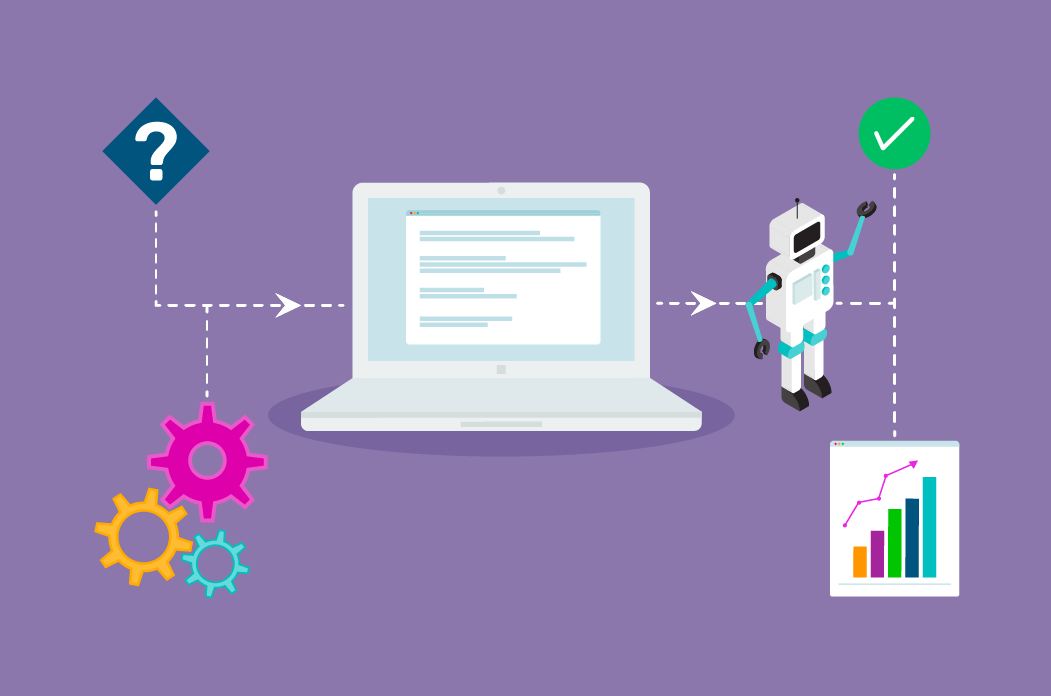Workflow automation is one of the most powerful tools you can use to increase efficiency in your business. By automating repetitive tasks, you can free up time for more important work. And, when done correctly, automating workflows can also improve accuracy and consistency.
There are a number of different ways to automate workflows, but two of the most popular methods are using Powerapps and Flow.
PowerApps allows businesses to build custom apps without needing to code, while Flow enables businesses to automate repetitive tasks across different apps and services. Together, these two tools can help businesses save time, increase productivity, and improve their overall efficiency.
In this article, we'll show you how to use Powerapps and Flow to automate your workflows and take your productivity to the next level.
What are PowerApps and Flow?
PowerApps is a platform for building custom business apps. It allows you to create applications for automating tasks, streamlining processes, and improving collaboration.
The platform is based on a drag-and-drop interface and can be used to build apps for a wide range of scenarios, including data entry, approvals, and notifications.
On the other hand, Power Apps Flow helps you automate tasks and workflows. The tool enables you to create workflows that can be triggered by specific events or actions, such as the arrival of a new email or the completion of a form.
You can use Flow to automate tasks such as data entry, approvals, and notifications. You can also integrate it with other applications such as SharePoint, Office 365, and Dynamics 365.
Use Cases for PowerApps and Flow
Companies can use PowerApps and Flow to automate a wide range of tasks and processes, from simple data entry to complex approvals. Here are a few examples of how you can leverage these tools to increase efficiency in the workplace:
Data entry
PowerApps can help you create custom forms and apps that simplify the process of entering data into a system. This can save time and reduce the risk of errors.
Approvals
Flow can help you automate the approval process for tasks such as expense reports, purchase orders, and time off requests. This can speed up the approval process at your company and make sure that all requests are handled quickly.
Notifications
You can use Flow to make sure that important information isn't missed and that tasks are done on time by sending automated notifications when certain events happen.
Getting Started with PowerApps and Flow
If you're interested in using PowerApps and Flow to automate your own workflows, the good news is that it's relatively easy to get started. Here's a step-by-step guide for setting up and using these tools:
Create a PowerApps or Flow account
You'll need an Office 365 account to use PowerApps and Flow, so if you don't already have one, you must sign up for one.
Build a custom app using PowerApps
You can do this using the drag-and-drop interface, and there are many templates available to help you get started.
Create a workflow using Flow
This can be done by selecting a trigger event and then choosing the actions that you want to take when the event occurs.
Test your app and workflow
Make sure that everything is working as expected before putting it into production.
Monitor and refine your App and Flow
Keep an eye on how your app and flow is working and make changes as necessary to improve its performance.
Pros and Cons of PowerApps and Flow
While PowerApps and Flow offer many benefits, it's important to consider the potential downsides of these tools before deciding to implement them. Some advantages of PowerApps and Flow include:
Increased Efficiency
Automating repetitive tasks and streamlining workflows can save time and reduce errors.
Customization
Both PowerApps and Flow offer a high degree of customization, which allows users to create solutions that are tailored to their specific needs.
Integration
PowerApps and Flow can be integrated with other tools and systems, such as SharePoint and Dynamics 365, which can improve collaboration and data sharing.
User-friendly
Both tools are designed with a user-friendly interface and offer many resources and templates to help users get started.
On the downside:
These tools requires technical expertise
You will need a certain level of technical expertise to create custom apps and workflows.
Limited scalability
Both may not be suitable for very large or complex projects.
Data security and compliance
The user is responsible for making sure that their apps and workflows follow the rules for data security and compliance.
Conclusion
Automating workflows with Powerapps and Flow can revolutionize the way you do business. With their easy-to-use tools, you can make complex automation systems with little work and get the most out of your time without sacrificing accuracy or quality.
While these tools may require some initial setup, the investment will be well worth it in terms of time saved and improved workflow management.
Investing a few hours into learning how Powerapps and Flow work should provide a sizable return on investments when it comes time for your organization or business to reap the rewards of automation.


No comments yet